In recent weeks I have been out in the evenings regularly. Looking for females. With my wife’s approval, don’t worry. Armed with a decent flashlight and of course my camera, I spent many hours wandering around the grove behind our residence. Meticulously looking for a beautiful single female. Plenty of males, however, I wasn’t looking for them. I had found a few lovemaking couples, but my desire for a single female was too big to be satisfied. And finally on the third night that I was searching, I had almost completely traversed the grove and looked at almost every tree, I was lucky. There she sat, all alone, like a little wallflower, waiting to be pleased and loved.
Wingless
I had to disappoint her. I had not been looking for her to please or to love her. For that, she really had to turn to her male counterparts, which by the way could be found in dozens in the grove. My only goal was to take a picture before she would mate with one of the males. And finally I had her in front of the camera: a female of the winter moth (Operophtera brumata). Not a stunning beauty, quite the contrary. A small brownish insect with six legs and almost nothing that at first sight indicates a relationship with the so beautiful butterflies and moths that fly around during day and night. But she is very special, because it is one of the few species of moths in the Netherlands whose female cannot fly. Only a few rudimentary stumps on her back indicates to something once were wings.
Don’t eat
Because the females can’t fly, they often don’t get further than the tree where they hatched as a caterpillar. Sometimes one or two trees further, but that’s approximately where their world ends. Ambitious males sometimes want to fly with the females while they’re copulating (see the last photo) to another tree, but they prefer not to waste energy on that. Because energy is expensive, especially for species such as the winter moth. They lack mouth parts and digestive organs. In other words they can’t eat. The moths have to live on the reserves they have stored at the caterpillar stage. It is therefore of utmost importance for the females that they waste as little energy as possible. Producing eggs already costs a lot of energy and therefore all savings are welcome. That’s one of the reasons that the females of the winter moth’s lack of wings.
Pheromones
Another reason is the moment of mating and egg production. The winter moths starts to emerge from their pupa from October onwards. The males start flying and the females cleverly crawl up the tree trunk to wait for their Casanovas. Both moths and butterflies need a body temperature of about 30 degrees Celsius to fly. To reach that temperature, butterflies are warming up in the sun. Moths can’t do that and warm themselves by shaking their wing muscles, which in turn requires extra energy. The wingless females thus save a lot of energy. And the males will approach the females anyway. Her pheromones take care of this: fragrances that are not perceptible to us humans, but that can make the males run wild up to tens (sometimes even hundreds) of meters. The winter moth is not the only species with wingless females. The females of other autumn and spring species, such as the mottled umber (Erannis defoliaria), scarce umber (Agriopis aurantiaria) and the dotted border (Agriopis marginaria) are also wingless.
No long life
After mating, which can take two to four hours, the female crawls further up the tree and lays her eggs in cracks in the bark of the tree, among other places. Not all eggs are laid together, but are instead spread over the tree so that the chances of survival of the caterpillars increase. When the eggs are laid, the female’s task is done; she will die shortly after. By the way, the males don’t live long either. If they’re lucky they will find another female to mate with, but most of them don’t even get that far. With the winter moth, but also the mottled umber, the preference is to lay eggs on common oaks (Quercus robur), but they are not really picky. You can also find them on all kinds of other deciduous trees. I found them – in the absence of oaks in the grove – mainly on common ash (Fraxinus excelsior) and hawthorn (Crataegus spec.).
Tarzan
The caterpillars hatch in early spring and they start gorging immediately. They feed on the fresh young leaves and they can eat until there’s no fresh leaves left. If there’s not enough leaves to eat the caterpillars move to another tree. They spin a thread and allow themselves to be blown away by the wind, like Tarzan swinging on a liana. In spring you must have seen such a small green caterpillar hanging on a spun thread. They also sit on fruit trees and are therefore seen as a scourge by fruit growers. The fully grown caterpillars crawl into the litter layer around mid-June to pupate and appear again as a moth from October.
Caterpillar peak
The caterpillars of the winter moths are very important for birds. In spring they form the bulk feed for the offspring of, among others, the great tit (Parus major) and blue tit (Cyanistes caeruleus). The tits fly off and on with these small green protein bombs. The peak in terms of numbers of the caterpillars ran for years in sync with the moment that all these hungry beaks had to be fed. However, climate change is pretty confusing. In the last forty years, the moment that the leaves of the oak have sprouted has advanced by about ten days. The newborn caterpillars mainly feed on young leaves, which causes large, strong caterpillars. But if the leaves start to sprout earlier, there are not enough young leaves for all those skewy worms. They can eat older leaves, but due to the lack of essential substances they ensure that the caterpillars remain small and ultimately also produce smaller butterflies. The chances of survival of the caterpillar are also reduced. So it’s very critical when the caterpillars hatches. Not too early, but not too late either.
Learning capacity
Partly due to warmer springs, nowadays the eggs of the winter moth hatch two weeks earlier than in the eighties. This means that the winter moth has actually adjusted its life cycle too rapidly in a response to the leaves sprouting earlier because that has only changed by an average of ten days. As a result, the caterpillars arrive four to five days too early and there is still insufficient food. In addition, there can also be a difference between the leaves of the individual trees. Research has shown that the female moths can influence the development time of their eggs based on their own experiences as a caterpillar. As a result, the next generations of caterpillars will arrive at almost the right time and can enjoy fresh, juicy leaves. And that is another advantage of the wingless existence of the females. Because they often remain on the same tree generation after generation, they have been able to adjust the right moment of hatching and thus increase the chances of survival of the caterpillars and thereby of the species.
Tits are lagging behind
The winter moths have been able to adapt relatively quickly to climate changes, but with birds it’s a different story. The moment of egg laying of birds doesn’t only depend on the ambient temperature, but also on the length of the days. And that doesn’t change. Researchers have seen that in the last 25 years, birds have started laying eggs a week or two weeks earlier in order to be able to synchronize with the caterpillar peak. It was also noticed that this moment of laying eggs earlier was transferred from mother to daughter. The adjustment is less rapid with the birds than with the winter moths, the birds are still one to one and a half weeks behind: the amount of caterpillars is already past its peak when the demand of the tits is greatest. The tits will have to go the extra mile if future generations want sufficient caterpillars – and therefore chances – to survive.
Sources
- www.vlinderstichting.nl (in Dutch)
- www.volkskrant.nl (in Dutch)
- NIOO-KNAW: Seasonal synchronization between trophic levels under climate change: Genetic and environmental effects on winter moth egg hatching and The timing of growth and reproduction (in English)
- www.rug.nl (in Dutch)
- www.naturetoday.com (in Dutch)
This item was originally published in Dutch on November 27th 2019.



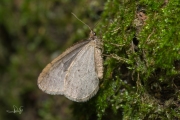
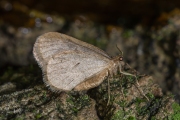
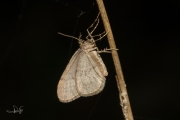
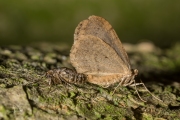
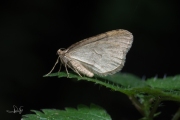
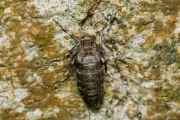
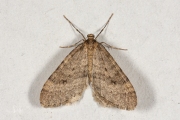
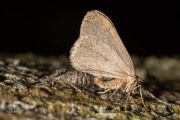
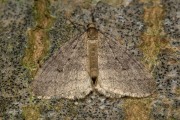
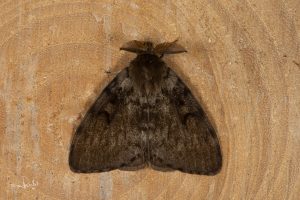
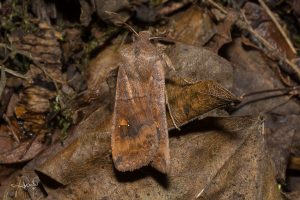
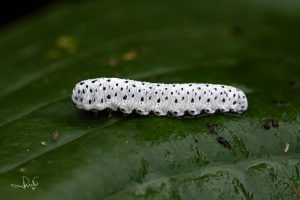
Really fantastic ! Thank you
Thank you very much Gina!